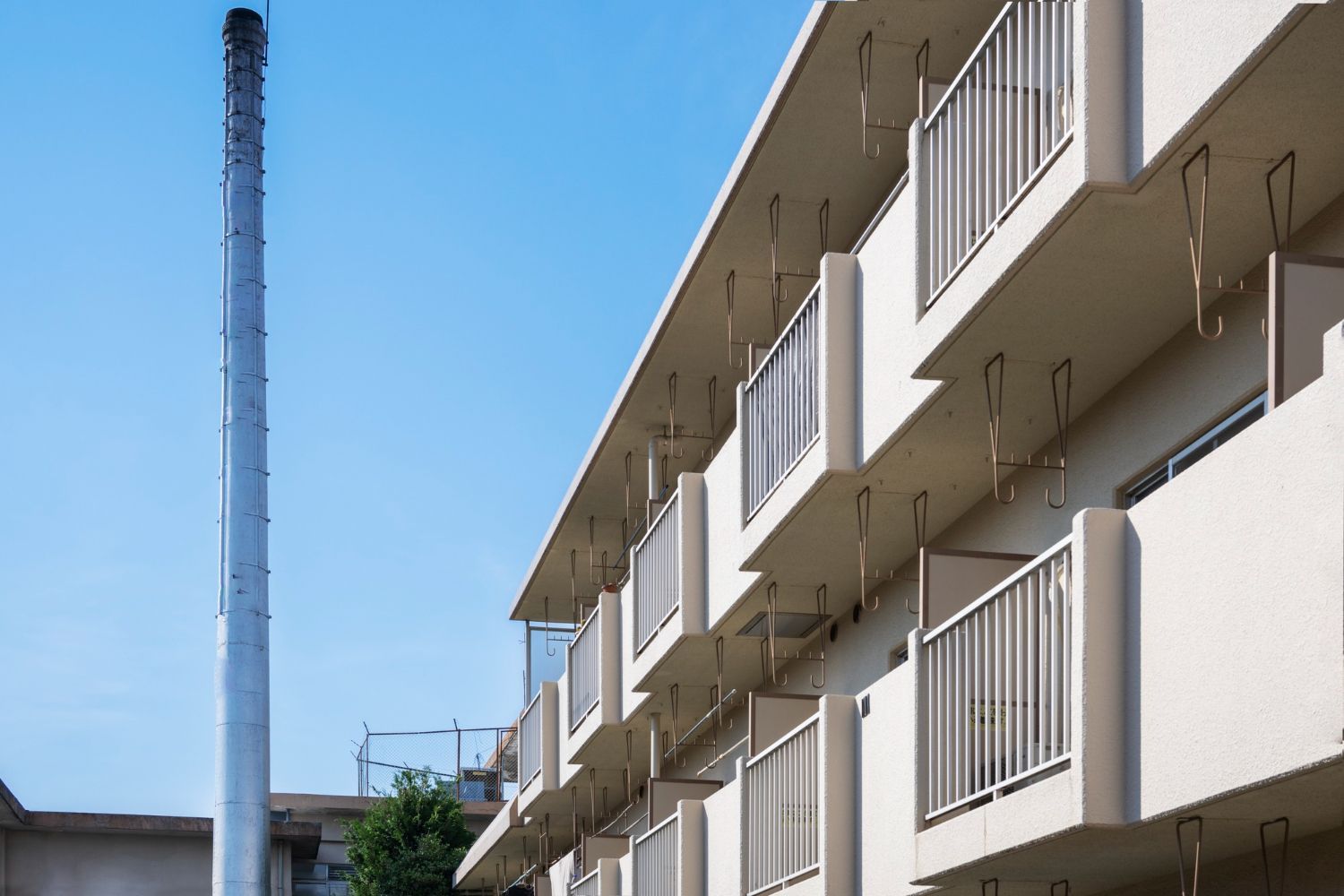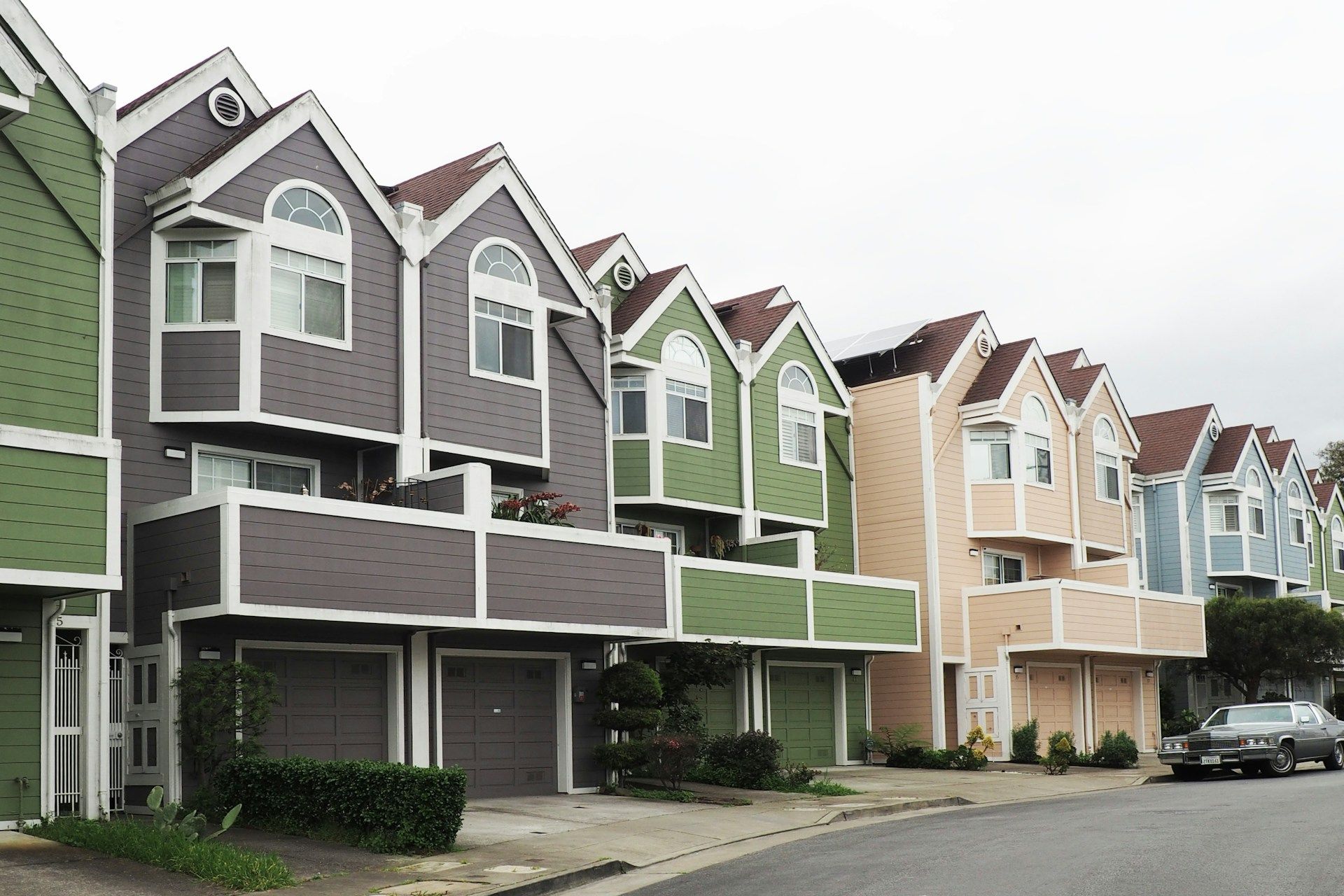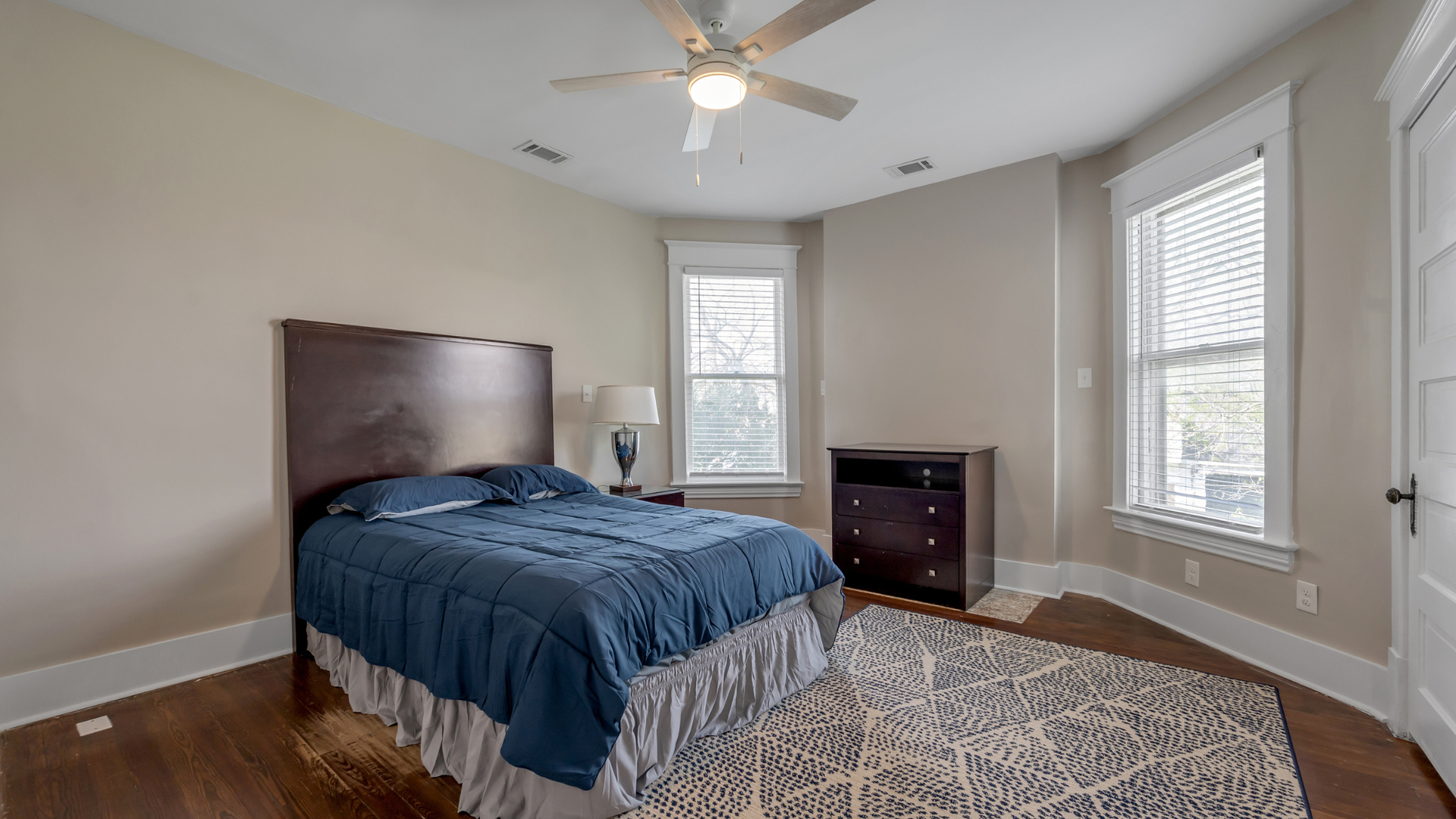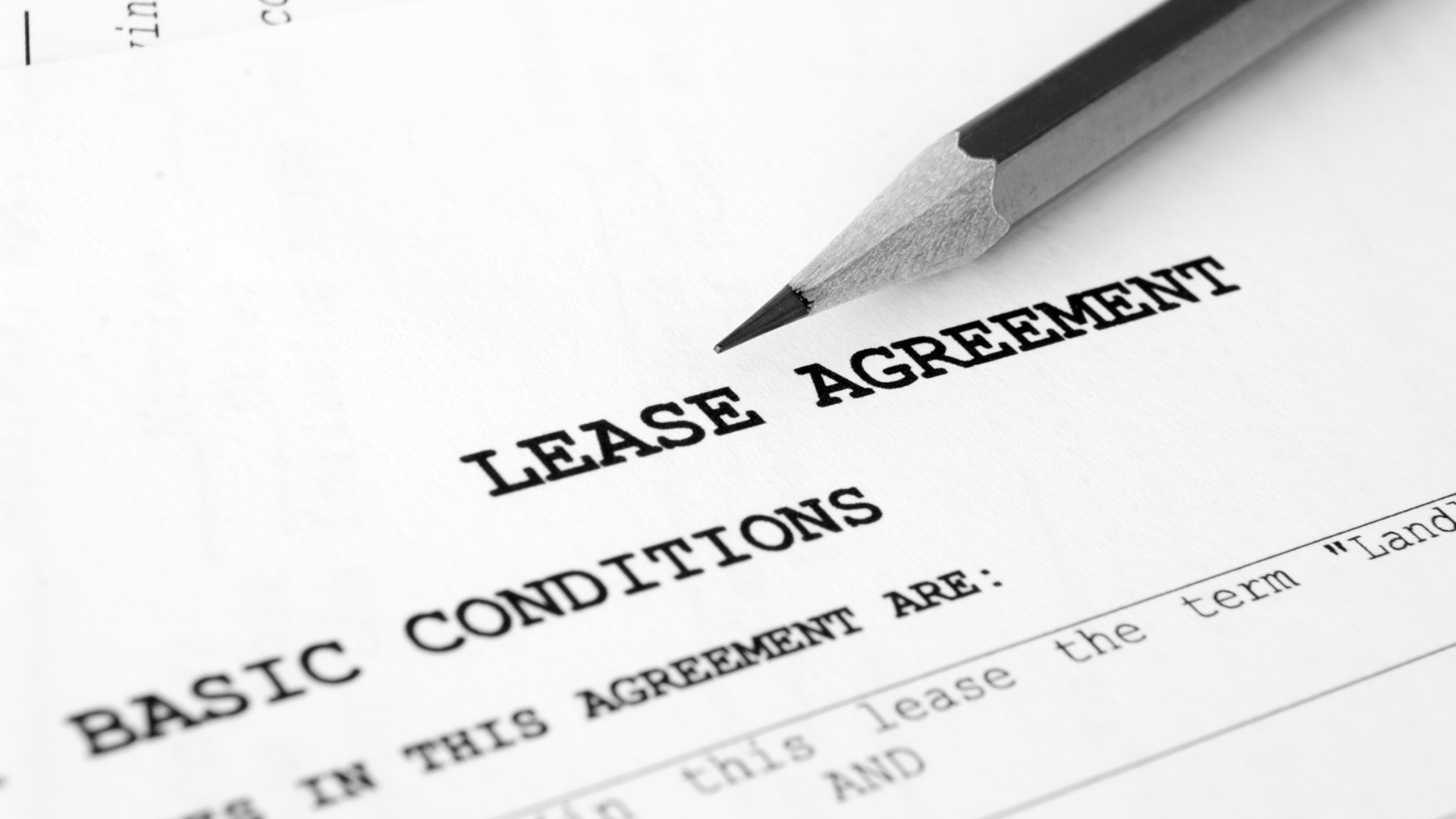Why GSA Per Diem Isn’t Enough Anymore
Per diem is supposed to make travel simple. In reality, many construction teams discover that federal benchmarks do not match the prices they see when they try to book safe, reliable housing near a job site. The gap between what the GSA says should cover lodging and meals and what the market actually charges has widened, and it is forcing project managers to choose between overworking crews with long commutes, blowing the budget, or risking tax mistakes. This article breaks down why the numbers no longer pencil out and how to book affordable lodging for construction teams that protects both people and profit.
The GSA numbers today, and what they really buy
For FY2025, the GSA’s standard CONUS per diem is $178 per day, split into $110 for lodging and $68 for meals and incidental expenses. There are 296 non‑standard areas with higher, location‑specific limits, and those meal tiers were revised upward for FY2025. For FY2026, GSA kept per diem at the same levels as FY2025, despite ongoing cost pressures.
Here is the practical complication that catches many construction managers off guard: GSA lodging per diem excludes hotel taxes and many fees. Federal travelers are usually reimbursed lodging taxes separately under the Federal Travel Regulation, but companies that mirror GSA as an “all‑in” cap unwittingly underfund rooms. In high‑tax markets, that missing line item is painful. Orleans Parish (New Orleans) lists a combined hotel/motel tax of 15% for properties with 10 or more rooms, and Texas imposes a statewide 6% hotel occupancy tax plus local add‑ons such as Austin’s 11% city HOT. When lodging taxes run 12% to 17% or more, a $110 cap effectively forces your pre‑tax nightly room target down into the $94 to $98 range.
Why construction travel breaks the per diem model
Average hotel prices have not stood still.
STR reported the U.S. June 2025 average daily rate (ADR) at $162.51, up from the prior year, with the Top 25 markets higher still. Even extended‑stay mid‑price properties were running around $118 on average through mid‑2025. In many real markets, especially during peak months, those averages are above or right on top of the $110 lodging cap before taxes and fees.
Short‑term rentals are not the budget escape hatch they were five years ago.
AirDNA’s 2025 analyses show ADRs holding firm or rising year over year, with July 2025 up roughly 6.9% and February up 6.1%. Bankrate’s 2024 data via
Business Insider highlighted seasonal markups nearing 100% in some “event” markets, like Augusta during the Masters and mountain towns during winter, a dynamic that many infrastructure corridors also feel during utility outages, shutdowns, and big project mobilizations.
Sticker shock is compounded by volatility. The BLS “lodging away from home” index can swing several percentage points in a single month, which means a bid written in March can be underwater by June if you stuck to the standard rate. That index rose 2.3% month over month in August 2025, after bouncing around earlier in the summer.
Then there is supply. Mega‑projects change the lodging math in entire regions. Arizona’s semiconductor buildout has kept pressure on the Phoenix market, while other CHIPS‑driven hubs continue to jockey for rooms as timelines shift. Even when non‑work travel softens, the mix of crews, events, and seasonality creates pinch points that regularly outstrip the $110 standard.
What crews and coordinators are seeing on the ground
Look at recent conversations from construction and federal travel communities and you see the same refrain: “It’s getting harder to find decent accommodations within the limits.” In August 2025, federal travelers noted that the FY2026 freeze will make staying within per diem more difficult as prices rise. In construction subs and travel job threads, per diems around $120 per day are common, with many workers reporting that rate still leaves them stretching to cover hotel, food, and fuel when companies do not book housing directly.
Public job posts in per diem groups tell a similar story. North Dakota labor calls with $115 per diem, or multi‑trade calls advertising $90 to $125, appear alongside notes from hospitality trade groups celebrating FY2025 per diem increases. That contrast captures the reality: rates have moved, but not enough to close the gap for many markets and project windows.
The quiet budget killers: taxes, fees, and “first/last day” rules
Even when you find a base rate near $110, taxes and mandatory fees push the effective nightly cost higher. In Arizona counties, transient lodging tax tables show combined rates frequently above 12%, and Clark County, Nevada implemented additional room tax increments in recent years. If a project team treats $110 as “all‑in,” your pre‑tax target must be closer to $98 at 12% tax, and lower in higher‑tax locales. That is before any resort, parking, or “kitchen” fees sometimes added at extended‑stay properties.
Meals and incidentals are also easy to mis‑plan. FY2025 raised standard M&IE to $68, but remember first and last travel days are reimbursed at 75% of the daily M&IE under GSA practice. A four‑person crew turning over every week will feel that reduced allowance proportionally more than a single traveler, which again pushes people to cover gaps out of pocket if per diem is the only tool used.
The IRS risks when per diem is misused or underfunded
Per diem is not “free” money. If your company’s plan is not an accountable plan, or if reimbursements are not properly substantiated or reconciled, payments convert to taxable wages. Even under an accountable plan, any allowance above the applicable federal rate is treated as wages for the excess. And if a worker remains at one location longer than one year, that location is no longer temporary, so travel reimbursements typically become taxable from the date expectations change. Many construction groups bump into this rule on multi‑phase projects.
Those IRS guardrails are why a stipend‑only approach can backfire. When crews must stretch inadequate per diem to cover real lodging, managers encourage behaviors that increase audit exposure: combining receipts to “fit” a cap, skipping return of excess, or failing to document days in travel status. Publication 463 and IRS Topic 511 spell out these pitfalls clearly. Building housing into the project plan and reimbursing actuals through an accountable process is safer for both the company and the worker.
What affordable lodging for construction teams actually costs in 2025
Let’s do simple math with public benchmarks. STR’s U.S. ADR in June 2025 was $162.51. Extended‑stay mid‑price ADRs hover around $118, which is already above the $110 lodging cap before taxes. In a 13% tax market, that extended‑stay ADR yields an effective nightly cost of roughly $133.34. If your cap is the GSA lodging number, you are underwater by more than $23 per room per night before parking, laundry, or incidentals. Multiply that by 4 rooms for 60 nights and the gap is nearly $5,600.
Short‑term rentals can work for full kitchens and space, but many project towns now levy hotel occupancy taxes on STRs too. Texas requires HOT on STRs and cities like Plainview have added permits and tax compliance, so you cannot assume “no‑tax” savings. Seasonal surges can also spike ADRs by 90% to 170% around events or peak weeks. For itinerant crews, that surge might coincide with your outage or tie‑in window.
A smarter play: managed, midterm crew housing near the site
For many projects, the most reliable path to affordable lodging for construction teams is a managed, midterm rental approach with kitchens, laundry, and private rooms near the job site. That model cuts total cost in three ways: fewer miles and less overtime due to long commutes, lower nightly rates than hotels over a 30‑, 60‑, or 120‑day stay, and reduced meal spend because crews can cook. Our service was built around those levers. On our site, you will see the focus on “save 25% to 35% compared with hotels,” fully furnished units, utilities and Wi‑Fi included, private rooms, kitchens, laundry, and monthly cleaning. The point is not luxury. It is predictable, near‑site housing that respects the budget and the people doing the work.
We also simplify procurement. We quote all‑in pricing so your team does not have to guess at taxes and fees. We place crews close to the site, which reduces commute creep and fuel burn. And because we manage the end‑to‑end documentation, reconciling housing costs to your travel policy or accountable plan is straightforward. Our blog resources cover budgeting, retention, and location trade‑offs for crews if you want to share primers with superintendents and travel coordinators.
How to reset your per diem strategy for upcoming bids
First, stop using the standard GSA lodging amount as an all‑in cap. Treat lodging taxes, parking, and mandatory fees as separate budget lines. If you use GSA as a benchmark, remember GSA lodging excludes taxes. Use current local tax pages to set pre‑tax room targets by county or city before you price.
Second, anchor your lodging assumptions to the right segment. For crews staying 30 days or more, use extended‑stay or midterm rental rates, not transient ADRs, and price kitchens into the model to absorb some M&IE pressure. Public data from The Highland Group shows the extended‑stay mid‑price band around $118, which you can adjust for your location and season.
Third, build volatility into the plan. The CPI’s lodging index is jumpy month to month. Write contingencies for surge weeks, events, and shutdown seasons, especially in markets with colleges, tourism, or major industrial turnarounds. A 2% to 5% swing over a month is common, and per diem freezes into FY2026 mean the federal benchmarks will not buffer that.
Fourth, audit your per diem policy against IRS rules. Confirm that you are operating an accountable plan with substantiation and return‑of‑excess provisions, that you monitor the one‑year rule for long assignments, and that any allowances above federal rates are handled as wages. Train foremen and travel coordinators on day‑one documentation so you do not fix problems at year‑end.
Finally, secure housing early. If you are mobilizing near a mega‑project, sports tournament, or festival, hotel and STR prices will surge. Booking midterm rentals near the site months ahead often locks pricing below peak ADRs and reduces the risk of last‑minute cancellations that derail productivity. Hospitality trade groups and short‑term rental analysts both point to rising rates or event markups that surprise late planners.
Where our service fits on your next project
Our role is simple: provide affordable lodging for construction teams that is close to the job, fits the budget, and keeps crews rested. We place crews in fully furnished homes and apartments with private rooms and kitchens, include utilities and Wi‑Fi, offer monthly cleaning, and manage the details end to end so your team can focus on the work. Many clients choose this path after running the numbers against hotels. When you compare our typical savings vs. hotel ADRs and add the productivity you gain from a shorter commute and better sleep, the total project cost usually comes down.
If you want a deep dive on
budgeting for crew housing, we have step‑by‑step guides and
ROI explainers you can use with your leadership team. They walk through assumptions, seasonality, and compliance considerations in plain language.
Per diem was designed for predictability. Construction travel is anything but predictable. When the federal benchmark underprices real lodging, taxes are excluded from the cap, and hotel and STR rates can spike by double digits, a stipend‑only approach leaves crews stretched and projects exposed. The solution is not to throw more per diem at the problem. The solution is to right‑size the lodging plan, separate taxes and fees from the room target, follow the IRS rules for accountable plans, and book housing that actually fits how crews live and work. Managed midterm housing near the site is the fastest way to turn “per diem vs. reality” from a weekly fight into a solved problem.
Need reliable, near‑site housing at a price your project can live with?
Contact us to book crew‑ready, fully furnished lodging and get a firm, all‑in quote today.













